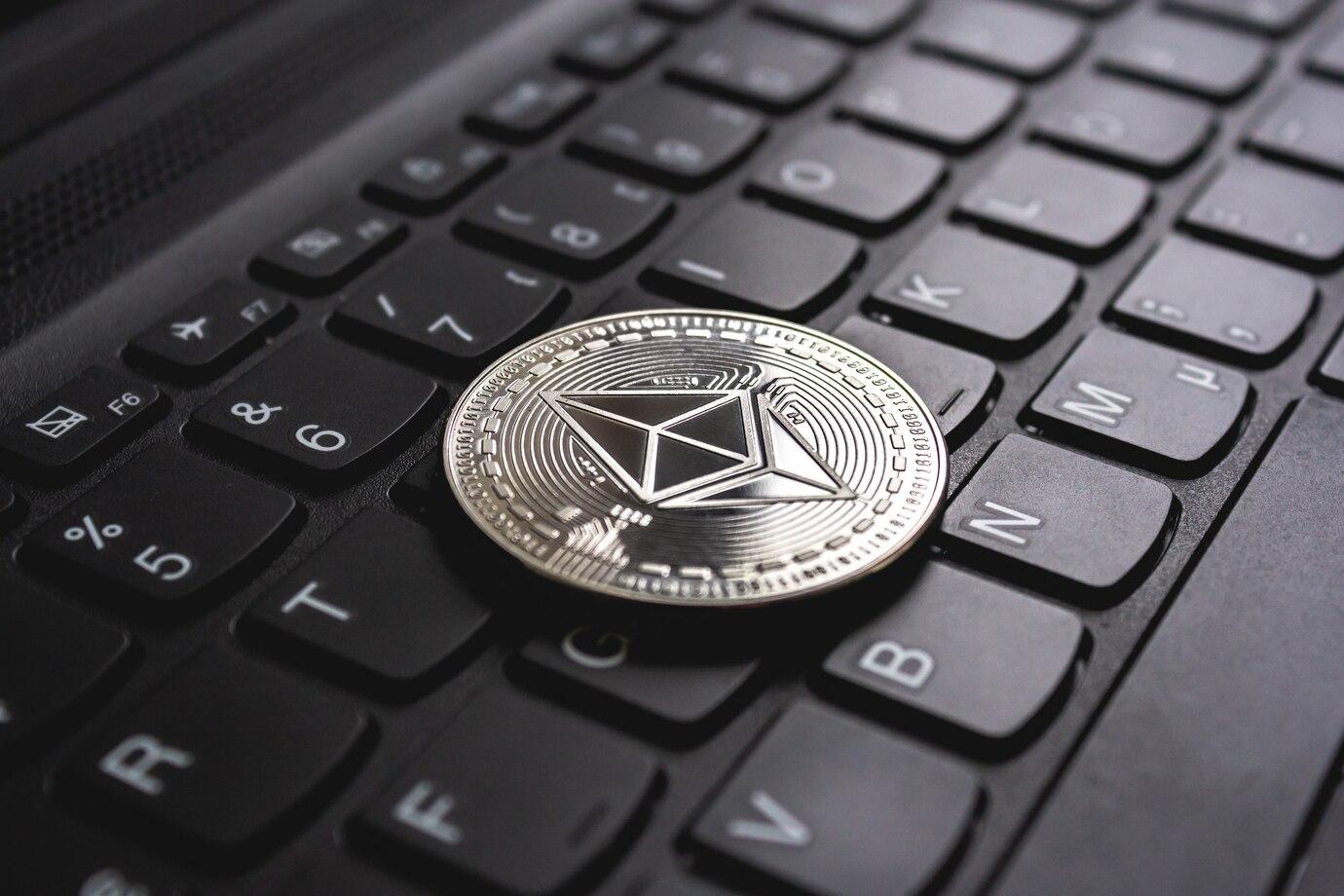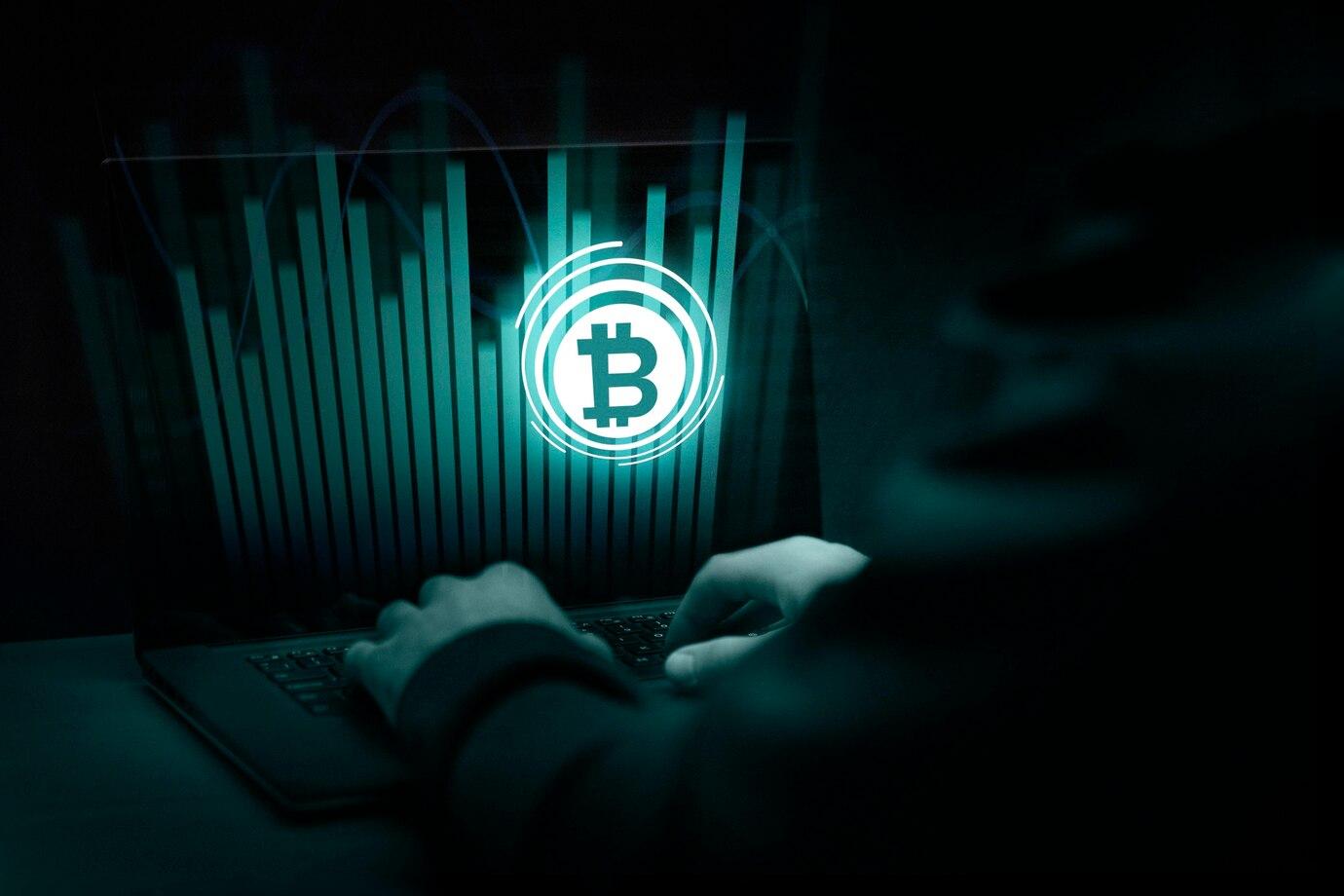Introduction to the World of Decentralized Finance
Decentralized finance, or DeFi, is evolving into a traditional financial system. Based on blockchain technology, users can interact with each other, bypassing intermediaries. However, like any new technology, DeFi attracts scammers who use various schemes to deceive investors. Today we will look at how scammers operate in DeFi, examine the most common fraud schemes, and effective ways to protect your investments.

Understanding DeFi and Its Appeal
DeFi operates on blockchain platforms like Ethereum, allowing users to lend, borrow, trade, and perform other financial operations without the need to turn to banks and other traditional financial institutions. This decentralized ecosystem offers many advantages, such as high yields on deposits, the opportunity to participate in liquidity pools, and earn tokens.
However, this freedom also attracts those willing to exploit users' carelessness or lack of knowledge. The main reason for the popularity of DeFi among scammers is that many users are not sufficiently aware of the risks and protective mechanisms that should be applied.

Common Fraud Schemes in DeFi
Phishing is one of the most common schemes in the DeFi sphere. Scammers create fake websites that look like real DeFi platforms. They use social engineering to entice users to enter their personal data or wallet keys. Victims often receive emails or messages on social networks with offers that seem too good to be true. These fake sites may offer enticing prospects or free tokens in exchange for inputting wallet information. As a result, users lose their funds as scammers gain access to their wallets.
Token scams. Another popular scheme is the creation and distribution of fake tokens. Scammers issue a token that looks attractive, for example, with high yields or interesting features. Users are invited to invest, but after collecting funds, the token creators simply "run away," leaving investors with worthless tokens. Such scams can take various forms, from developing nonexistent tokens to manipulating prices on legitimate tokens on decentralized exchanges.
Smart contract issues. Smart contracts are the foundation of many DeFi projects. However, their code may contain vulnerabilities that scammers exploit to deceive users. Some teams may intentionally leave backdoors in their smart contracts or use complex mechanisms to hide fraud. Investors often lack the technical knowledge to audit these contracts, making them vulnerable to manipulation. Examples of such fraud include rug pulls, where developers take all the funds from a liquidity pool.
Fake staking platforms. Staking allows users to earn income by freezing their assets in certain protocols. However, scammers can create lending platforms offering high yields, while the conditions themselves may be opaque. After attracting a significant volume of users and their funds, scammers shut down the platform, leaving victims without the ability to recover their investments.

How to Protect Your Investments in DeFi
The first step to protecting your assets in the world of DeFi is education. Reading educational materials, participating in forums, and communicating with experienced participants will help you better understand how the DeFi ecosystem works and what risks exist. Knowledge of basic functionality, security mechanisms, and methods of project verification will help avoid losses.
Before investing, it is recommended to research the project. Obvious red flags include a lack of information about the developers, limited funds, or the absence of external audits. Verified platforms have a reputation and user reviews, which reduces the likelihood of fraud.
Using two-factor authentication on all your accounts helps add an extra layer of protection. This means that even if someone gains access to your password, they will need to verify their identity using another method (e.g., SMS or an authentication app) to log into the account.

Before investing in a project, carefully study the smart contract code. There are many resources that allow you to see already audited contracts. Consulting with professionals in software auditing to review the code can significantly reduce risks. It is also worth using platforms that conduct audits for new tokens or projects themselves.
Store your main assets in hardware wallets, which provide a high level of security, while software can be used for smaller transactions. This minimizes the risk of theft through malware and phishing.

Conclusion
DeFi offers unique opportunities for investors, but it also represents an attractive environment for scammers. Gaining knowledge and awareness of existing fraud schemes is critically important to protect your investments. Using verified platforms, two-factor authentication, and smart contract analysis will allow you to expose your assets to less risk. Ultimately, the ability to distinguish legitimate projects from fraudulent ones is paramount for successful participation in the world of decentralized finance.